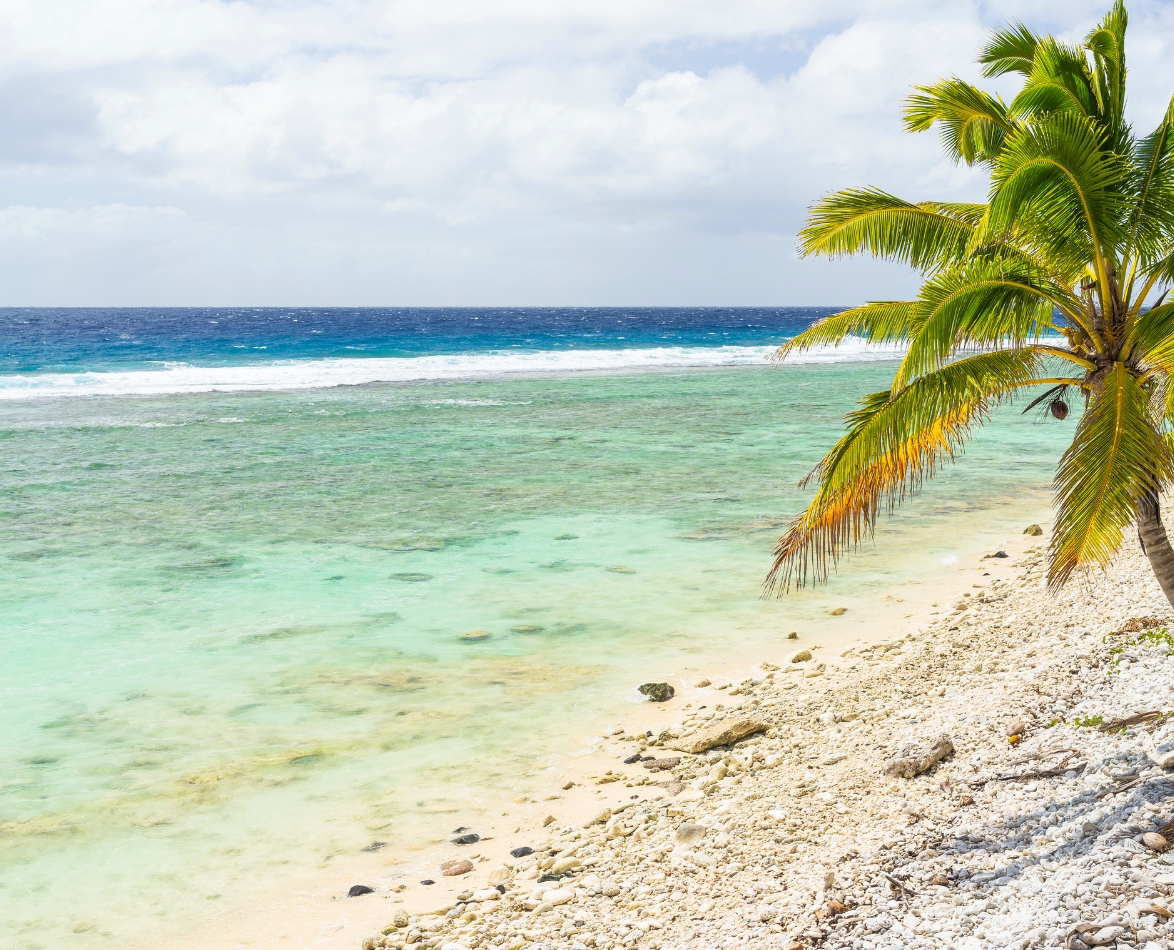When it comes to planning an overseas trip, China doesn’t often feature at the top of a must-see list, edged out by Italy, France, and other big European destinations.
Yet China is home to a fifth of the world’s population, with a culture so ancient and diverse, you won’t be disappointed by the experiences on offer.
Many Kiwis opt to visit the major cities, such as Shanghai and Beijing, but getting out into the countryside is a journey I will never forget.
I travelled from Shanghai on the overnight train to Xi’an, known to most as the home of the famous Terracotta Army. With such a large population, China’s rail network is complex, but meticulously on time.
I found my cabin on the train, which had four comfortable beds, with clean linen and a welcoming jug of hot water.
If you are travelling with a companion and don’t want to share with strangers, it’s a good idea to book out all four berths in the room. If you don’t, then you could spend an entertaining few hours sharing language tips and getting to know some local Chinese residents, just like the people next door.

Cultural cuisine: Having the chance to eat with a local is a great experience. Mr Yu took us into his home, which doubles as a private museum. He has collected pieces of China’s rich history, especially during the Mao Zedong years of the cultural revolution. His wife cooked us a wonderful lunch, while Mr Yu told us of his life as a Red Guard. He then gave us a tour.
I settled in for the night and had just made myself a cup of tea, ready to think about going to sleep, when we departed exactly on time at 10.30pm.
The train would spend the night travelling north-west through China, arriving in Xi’an at 8.30am. You can get food and drinks on the journey, but it’s also a good idea to grab a few things for a quick breakfast in the morning.
There is something very soothing about sleeping on a train, with the continuous click-clack of the wheels on the tracks, and I arrived refreshed and ready for an enjoyable day of sightseeing.
We were met in Xi’an by Felix Mathivet from Insiders, who run tours in the area by jeep, or if you prefer, motorbikes with sidecars. The idea is that you get out and beyond, away from the city, and view get a first-hand take on Chinese life, the way it’s been lived for centuries.

A simple, rural lifestyle in Xi’an makes for a peaceful and unique journey.
Our first stop was to visit a family who live in a cave. Yes, that’s right – a cave. I marvelled at how they had created a house out of various caves in the hillside, which became rooms. One was a bedroom, the other a kitchen, and another bedroom.
In the 37ºC heat, they were naturally cool, and as we sat in their main room sipping coffee, I felt very relaxed.
“I could just stay here forever,” I heard myself saying.
The family had chickens and goats outside in pens, and a few fires for cooking on. Electricity also ran into the main room. Here was life at its simplest – and this Green Goddess was very inspired.
Everything they needed was available right there in the compound. Eggs, animals, gardens… and building costs were minimal, as they simply altered the existing caves to suit their requirements.

Sadly, Felix told us the people living in these caves would soon be moved out, to make way for road development in the area.
As we travelled through the countryside, it was amazing to see so much traditional living. Crops being harvested and dried for cattle feed in the winter, while people sat outside eating a simple bowl of noodles, with children playing with pet dogs in the courtyard. It really can be that simple.
A monumental history
The Terracotta Army is the site of hundreds of figures, dating from around the late third century BC, which were discovered in 1974 by local farmers in the Lintong District.
Thousands of these terracotta sculptures of warriors and horses remain where they were found, and form an eerie display of what can only be described as a certain kind of madness.

Emperor Qin Shi Huang had his workers make these sculptures as a form of funerary art, to be buried with him to protect him in his afterlife. There are four pits – and as you stand on the viewing platforms looking down, you can only wonder at the amount of work which went into these, while eagerly searching for any differences between each warrior.
There is still one pit to be uncovered by experts, who are waiting until they can find a process which preserves the colours on the warriors.
When the others were excavated, the colours disappeared as soon as they came into contact with light and oxygen.

Where the river runs through
One highlight of my Xi’an trip was the evening ride up the north side of Mount Lishan in Lintong county, known for its hot springs and popularity as a holiday destination for the Chinese. We stayed in a sparse lodge on the side of the river, and a morning walk revealed locals harvesting gardens and children walking to school.
In rural areas, the one-child policy is relaxed to encourage the growth of ethnic populations.
The whole mountain area is extremely beautiful.




